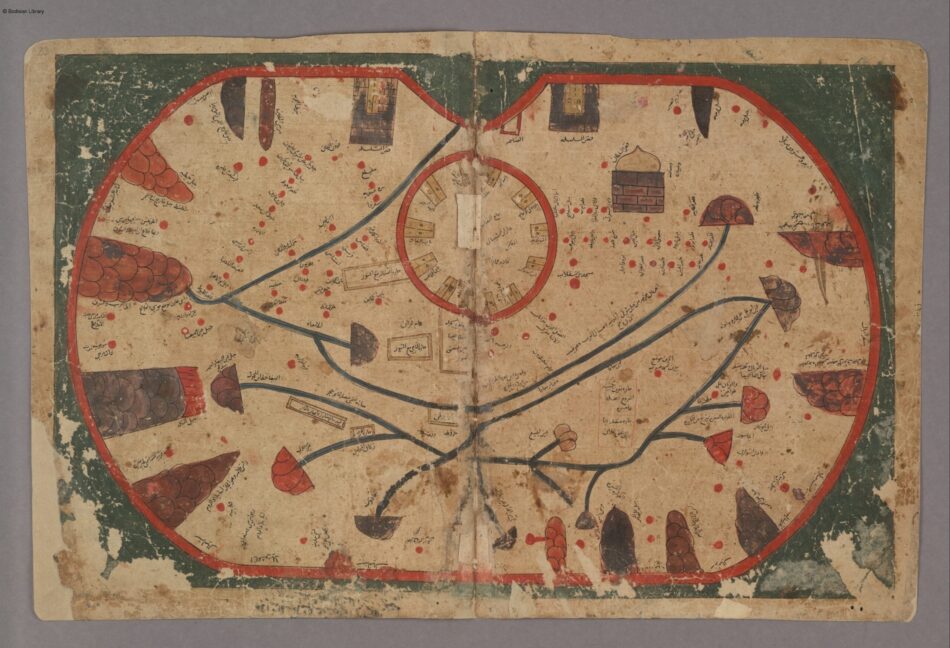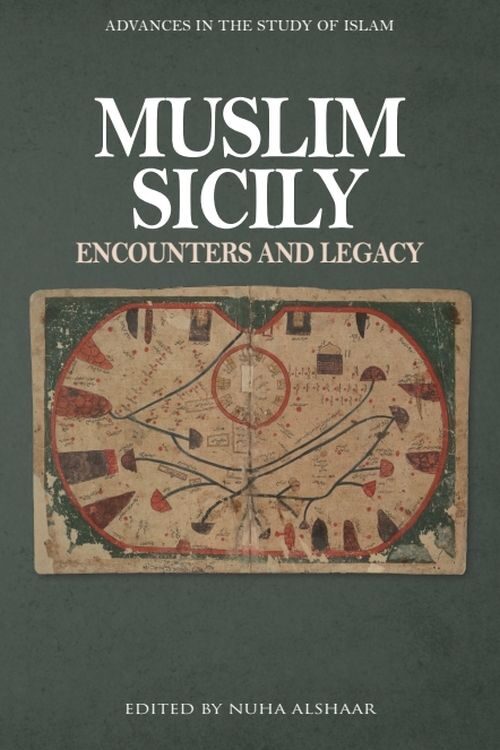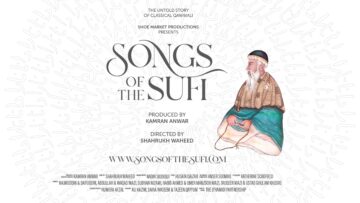
-
Status
Applications Closed -
Date
09 Apr 2025 -
Location
Aga Khan Centre
This event has been cancelled.
Thank you for your understanding.
You can still read Muslim Sicily: Encounters and Legacy from Edinburgh University Press, available in print and on Open Access, or listen to Dr Nuha Alshaar and Dr Shainool Jiwa discuss the book on the ReOrient podcast.
Muslim Sicily: Encounters and Legacy
Muslim Sicily: Encounters and Legacy is available as a free download through Open Access. Explore the topics below and more from notable scholars around the world.
Learn more
The Kalbids of Sicily
Stalwarts of Fatimid Ifrīqiya
Dr Shainool Jiwa explores the distinctive status of the Kalbids in the Fatimid court. The Kalbids functioned as a vassal state for the FatimidsMajor Muslim dynasty of Ismaili caliphs in North Africa (from 909) and later in Egypt (973–1171) More of North Africa, securing Sicily from both Byzantines in the North and the AbbasidsMajor Muslim dynasty of Sunni caliphs that ruled in Baghdad (750-1258). in the East. The Kalbids’ dynastic household was second in importance only to that of the Fatimids themselves, and they maintained close familial relationships with the Imam-Caliphs in Cairo. Dr Jiwa uses research from texts housed in the Ismaili Special Collections and translated by IIS, such as Sīrat al-Ustādh Jawdhar and ʿUyūn al-akhbār.
The poetic traditions of Sicily under Fatimid and Kalbid rule
Dr Nuha Alshaar highlights the unique poetic tradition of the Kalbids under Fatimid rule. The Kalbid emirs were avid patrons of learning and the arts, aspiring to the likes of Cordoba and Baghdad. As a result, Kalbid poetry formed a blend of Arabo-Islamic literary tropes and natural imagery unique to the island. With the help of editor Russell Harris, Professor Alshaar translates a collection of Kalbid poetry within her chapter which transports the reader to the rich hills of Palermo.
Common Threads
Women and the Making of Fatimid and Norman Textiles
Dr Delia Cortese unravels the hidden history of the women of Kalbid Sicily. As producers and consumers of textiles, women’s lives were often reflected in the weaving and trade of these artefacts. Examining textiles today, from household clothes to noble garments, reveal new findings about the lives and roles of Muslim women.






